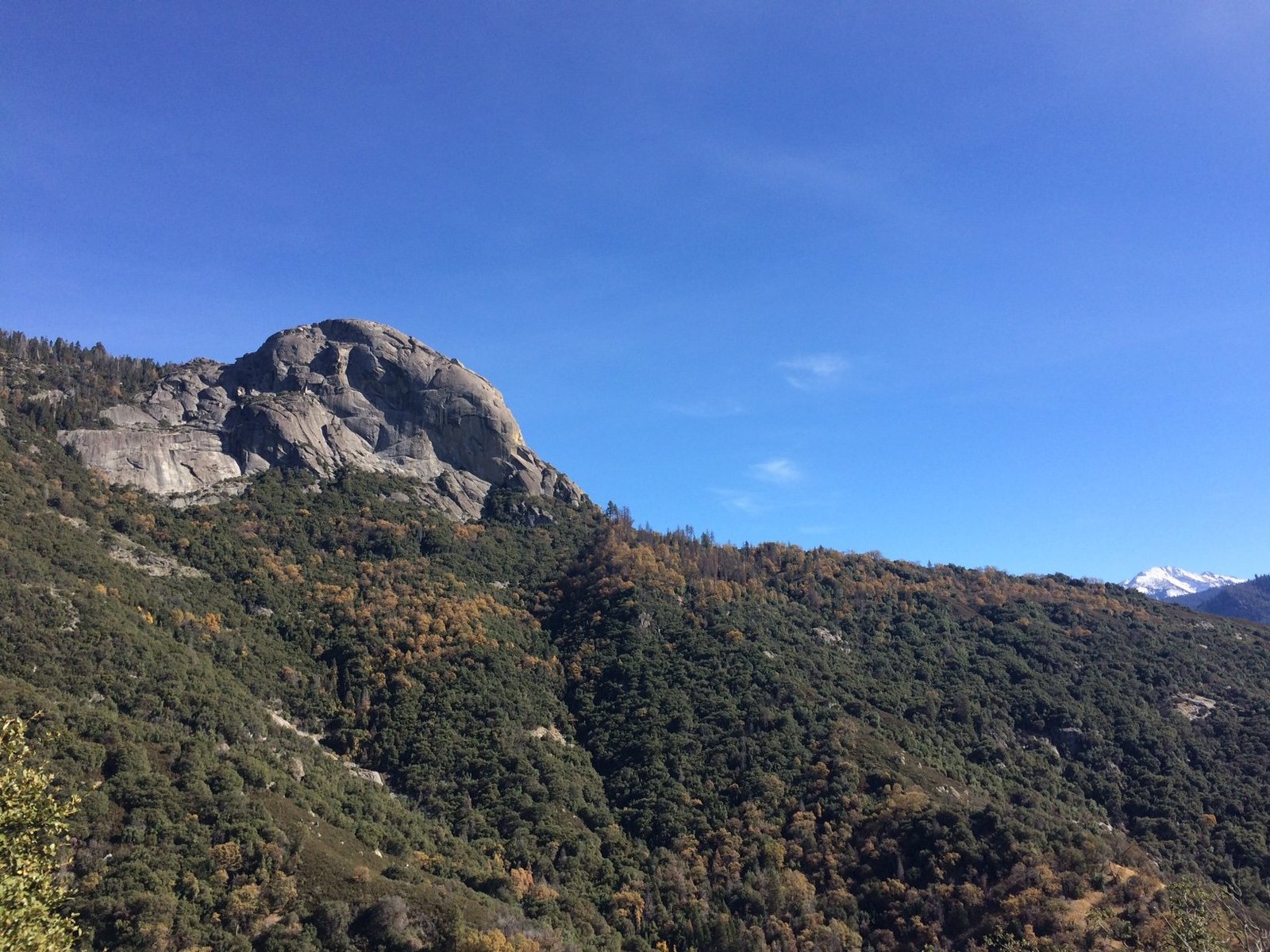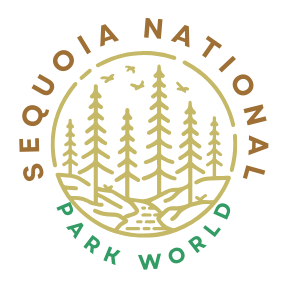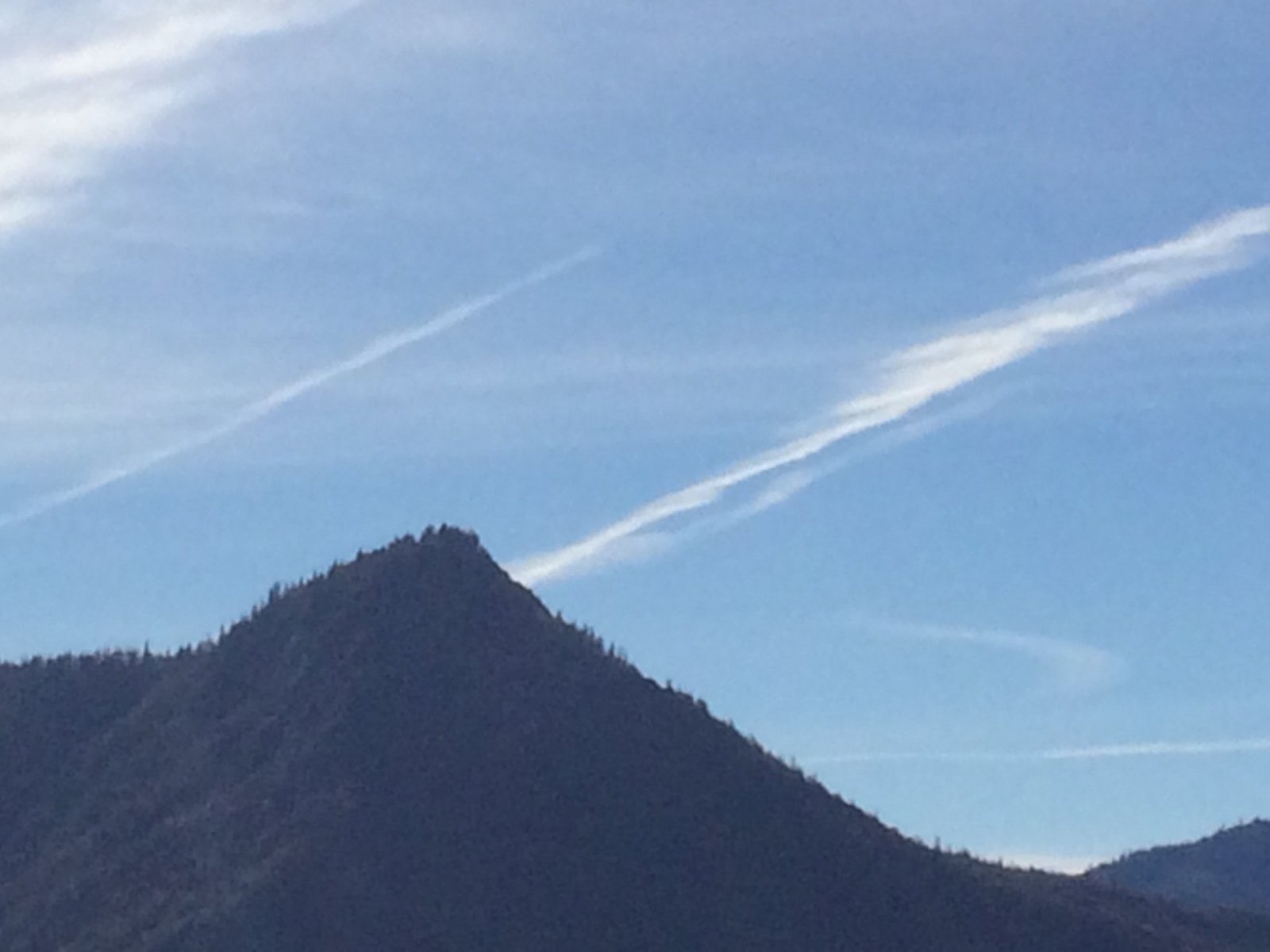Sequoia National Park was officially established on September 25, 1890, through legislation signed by President Benjamin Harrison. This act made Sequoia the second national park in the United States, created specifically to protect the giant sequoia trees from logging. The park’s creation marked a significant milestone in American conservation efforts and set the stage for the preservation of natural wonders across the country.
What Led to the Creation of Sequoia National Park?

The creation of Sequoia National Park was the result of growing concern over the rapid deforestation of California’s giant sequoia groves. In the late 19th century, logging threatened these ancient trees, some of which were over 2,000 years old. Conservationists and nature enthusiasts recognized the need to protect these natural wonders for future generations.
Key factors that contributed to the park’s establishment include:
- Increased public awareness of the giant sequoias’ uniqueness
- Advocacy by influential figures like Colonel George W. Stewart
- Growing national interest in conservation and preservation
- Support from politicians and government officials
Who Were the Key Figures in Establishing Sequoia National Park?

Several influential individuals played crucial roles in the creation and early development of Sequoia National Park:
- President Benjamin Harrison: Signed the legislation establishing the park on September 25, 1890.
- Colonel George W. Stewart: Known as the “Father of Sequoia National Park” for his tireless efforts in preserving the area.
- John Muir: Collaborated with Colonel Stewart and was instrumental in promoting conservation efforts.
- Captain Charles Young: Led the construction of the first road to the Giant Forest in 1903, improving access to the park.
What Were the Major Milestones in Sequoia National Park’s Early History?
The creation of Sequoia National Park was just the beginning of its rich history. Here’s a timeline of significant events in the park’s early years:
| Date | Event |
|---|---|
| September 25, 1890 | Sequoia National Park established |
| October 1, 1890 | General Grant National Park established and Sequoia National Park expanded |
| 1891-1913 | U.S. Army Cavalry troops protect the park |
| August 1903 | Road to Giant Forest completed under Captain Charles Young’s leadership |
| 1914 | Walter Fry appointed as first civilian administrator |
| 1916 | National Park Service created, taking over park administration |
| 1917 | Construction of steps to Moro Rock summit begins |
| 1926 | Generals Highway built, increasing accessibility |
| March 4, 1940 | General Grant National Park abolished, lands added to new Kings Canyon National Park |
| 1943 | Joint administration of Sequoia and Kings Canyon National Parks begins |
How Did the Park’s Boundaries Change Over Time?
Sequoia National Park’s boundaries have evolved significantly since its creation:
- Initial Establishment: The park was created with limited boundaries focused on protecting specific sequoia groves.
- Early Expansion: On October 1, 1890, the park was expanded, and General Grant National Park was established nearby.
- Incorporation of General Grant: In 1940, General Grant National Park was abolished, and its lands were added to the newly established Kings Canyon National Park.
- Joint Administration: Since 1943, Sequoia and Kings Canyon National Parks have been jointly administered, covering a vast area of 1,353 square miles (3,500 km²).
What Unique Features Make Sequoia National Park Significant?
Sequoia National Park boasts several distinctive features that contribute to its national and global importance:
- Giant Sequoias: Home to some of the largest trees on Earth, including the General Sherman Tree.
- Diverse Ecosystems: Spans multiple elevation zones, from foothills to alpine peaks.
- Wilderness Areas: Approximately 93% of the park is designated wilderness.
- UNESCO Recognition: Designated as an International Biosphere Reserve in 1976.
- Scientific Value: Provides invaluable opportunities for research on forest ecology and climate change.
How Has Visitation to Sequoia National Park Changed Since Its Creation?
Visitor numbers to Sequoia National Park have grown dramatically since its establishment:
- Early Years: Limited access and primitive roads restricted visitation.
- 1926: Construction of Generals Highway increased accessibility for automobiles.
- Mid-20th Century: Improvements in infrastructure and rising car ownership led to steady growth in visitors.
- Recent Years: As of 2022, Sequoia and Kings Canyon National Parks together receive approximately 1.5 million visitors annually.
What Conservation Challenges Has Sequoia National Park Faced?
Throughout its history, Sequoia National Park has encountered various conservation challenges:
- Logging Threats: Initial impetus for the park’s creation was to protect sequoias from logging.
- Fire Management: Evolving understanding of fire’s role in forest ecology has led to changes in management practices.
- Climate Change: Rising temperatures and changing precipitation patterns pose threats to the park’s ecosystems.
- Visitor Impact: Balancing public access with preservation of natural resources.
- Air Pollution: Proximity to California’s Central Valley has led to concerns about air quality impacts on the park.
How Has the Management of Sequoia National Park Evolved?
The management of Sequoia National Park has undergone significant changes since its establishment:
- Military Administration: From 1891 to 1913, U.S. Army Cavalry troops were responsible for park protection.
- Civilian Leadership: In 1914, Walter Fry became the first civilian administrator.
- National Park Service: Created in 1916, the NPS took over park administration, professionalizing management practices.
- Joint Administration: Since 1943, Sequoia has been jointly managed with Kings Canyon National Park, streamlining operations.
- Modern Challenges: Today’s management focuses on balancing preservation with public access, addressing climate change impacts, and utilizing scientific research to inform decision-making.
In conclusion, the creation of Sequoia National Park on September 25, 1890, marked a pivotal moment in American conservation history. From its humble beginnings to its current status as a world-renowned natural wonder, the park has played a crucial role in preserving one of the most unique ecosystems on Earth. As we reflect on the question \”When was the Sequoia National Park created?\”, we are reminded of the foresight of those who recognized the importance of protecting these ancient giants for future generations to marvel at and study.
References:
1. Fox News: On this day in history, September 25, 1890, Congress establishes Sequoia National Park in California
2. National Park Service: History & Culture – Sequoia & Kings Canyon National Parks
3. National Park Service: Quick Fact Sheet – Sequoia & Kings Canyon National Parks

